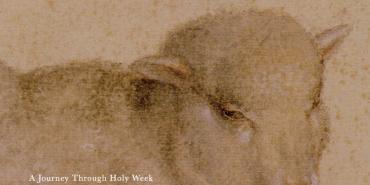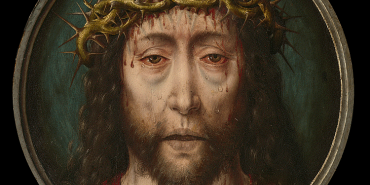Q&A: Why are religious holidays set as they are?

Q: If we don't really know what month Christ was born, how can we know when he was crucified and resurrected? And why does the Easter date change annually but not December 25?
A: Though we can be confident Jesus was born sometime in the years 6-4 B.C., we do not know the month or day of his birth. We cannot even be sure of the time of year. Over the centuries, September, November, March, and April have been suggested, while December may actually be the least likely month. If scholarly opinion favors any time, it probably would be between mid-March and late April. This is plausible. Early spring is a season of lush pasturage on the hillsides just northeast of Bethlehem, where the shepherds probably were grazing their flocks (Luke 2:8). The bottom line is, we cannot know for certain.
Why, then, is Christmas on December 25? In the fourth century, sometime after the Emperor Constantine converted to Christianity, the church began to observe Christmas in conjunction with the Roman winter solstice festival of Saturnalia. The eighth day of Saturnalia, December 25, became the day to celebrate Jesus' birth. Perhaps this was in hopes of taming the rather wild Saturnalia festival for nearly everyone, including slaves. Many Christians in the early centuries of the church were slaves, so it may have been chosen for that reason as well.
The Romans used a solar calendar, and we have inherited it, though with modifications to improve its accuracy. Thus, Christmas always falls on the same date, December 25, though not on the same day of the week, from year to year.
The timing of Easter requires a different reckoning, because Jesus was crucified at Passover, and the Hebrew/Jewish liturgical year is lunar, not solar. The lunar year is 354 days, which is 11 days shorter than the solar year. To keep the annual festivals reckoned by the lunar year from processing "backward" through the solar calendar, an extra month is inserted into the Jewish liturgical calendar at the end of 7 different (lunar) years in every 19-(solar)-year period.
Early in church history, the Christian way of calculating the date of Easter diverged somewhat from this Jewish way of calculating the date of Passover. Now, Easter and Passover may coincide, but more often do not. The Western and the Eastern churches also calculate their Easter dates differently, with the result that "Western" Easter and "Eastern" Easter seldom fall on the same Sunday, though both always are in early spring.
In the Western church, since A.D. 326, Easter falls on the first Sunday following the first full moon after the vernal equinox, the first day of spring. (Sometimes, but not often, astronomical precision would require a small variation from the dates actually observed.) Thus, Easter always is a Sunday, but in the Western church it may fall as early as March 22, and as late as April 25.
Joseph Coleson is professor of Old Testament at Nazarene Theological Seminary in Kansas City.
Please note: All facts, figures, and titles were accurate to the best of our knowledge at the time of original publication but may have since changed.




